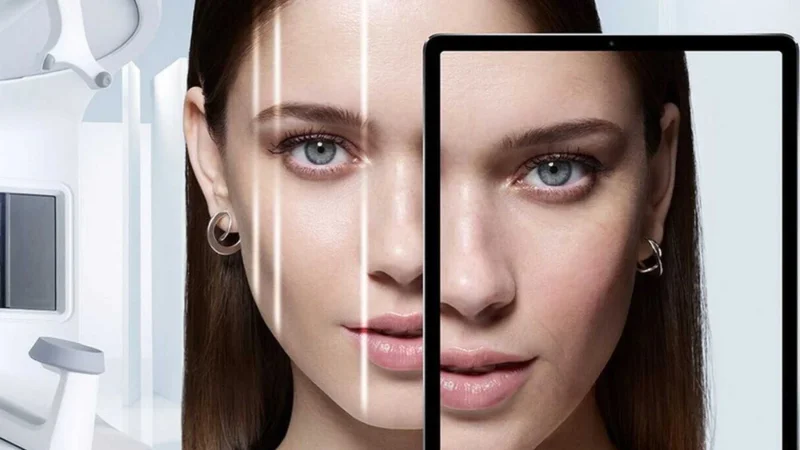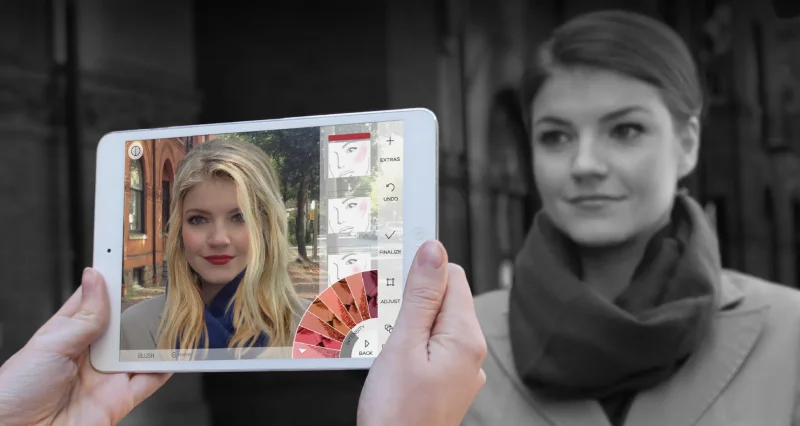Fashion and Tech: How Beauty Treatments Are Changing Nowadays

Beauty no longer lives only in jars and salon chairs. It now spans phone screens, clinic innovations, and policies that shape what practitioners can safely offer. That shift matters because it changes how people plan, purchase, and protect their results. Apps can preview a shade before you spend, devices can firm skin without incisions, and new rules can separate hype from legitimate care. If you are weighing a facial device, an injectable, or a clinic procedure, you deserve a clear, human explanation of what delivers and what to treat with caution.
Why Modern Clients Choose Smarter Treatments
Across the world, people are choosing treatments that deliver visible improvements with minimal disruption to work and family life. Global procedure counts reached roughly 34.9 million in 2023, with non-surgical nose job options driving much of the growth. In the United States, minimally invasive care is the default for many; neuromodulator treatments alone accounted for about 9.3 million patient sessions in 2023, and hyaluronic acid fillers remained near the top of the list. These numbers reflect a preference for:
- Predictable appointments
- Short recovery
- Results that can be adjusted over time rather than once-and-done surgeries
Understanding the Rise of Cosmetic Treatments
The appeal is straightforward: injections can soften dynamic lines during a routine visit, while energy devices can tighten or smooth without incisions. Collagen-stimulating fillers such as calcium hydroxylapatite and poly-L-lactic acid do more than add volume; they nudge the skin to rebuild structure, which supports gradual improvements in texture and laxity. A newer botulinum formulation, DaxibotulinumtoxinA (DAXXIFY), extended the median effect to about 24 weeks in phase 3 trials for glabellar lines, which reduces the number of yearly sessions for suitable candidates. Longer intervals and steady outcomes create real convenience for patients and practices.
Artificial Intelligence in Everyday Skin and Beauty Care
Artificial intelligence has moved from conference buzz to daily practice in some settings. In January 2024, the FDA authorized DermaSensor, an AI-enabled device intended for use in primary care. It helps clinicians evaluate whether lesions in patients forty and older merit referral for:
- Melanoma
- Basal cell carcinoma
- Squamous cell carcinoma
This does not replace a dermatologist’s exam. It shortens the path to specialist care when patterns look worrisome, which is exactly where delays can be costly. As these tools mature, expect them to live alongside human expertise, not attempt to overrule it. Clinics like Visage Sculpture are already exploring ways AI can support diagnostic accuracy while maintaining the artistry that defines aesthetic medicine.
Digital Try-On That Actually Helps You Buy

Phones now function as personal counters. L’Oréal’s ModiFace engine powers virtual try-on and skin diagnostics across 200+ sites in more than 70 countries, turning guesswork into something closer to sampling. Academic studies have linked well-designed AR try-on to improved product evaluation and higher purchase intent because people can judge finish and tone more confidently. That does not eliminate the value of an in-store swatch, yet it saves time and reduces returns, especially for color categories where subtle differences matter.
Virtual Skin-Care Consultations Are Here to Stay
During the pandemic, teledermatology usage leapt from around 14% to over 96% in some surveys. While the emergency surge has eased, virtual care retained a meaningful role. Many practices use it to:
- Triage rashes
- Refill prescriptions
- Review wound progress
- Decide whether an in-person dermatoscopic visit is needed
Patients avoid unnecessary travel, and clinics preserve chair time for procedures that require hands and devices. The result is a better match between appointment type and clinical need.
What to Know About the Latest Home Beauty Devices
Home LED tools have matured beyond novelty status. Several masks and wands hold Class II 510(k) clearances for mild-to-moderate acne and for facial lines, and systematic reviews show measurable benefits for blue and red light in acne management. Even with clearances, consumer devices demand respect. A well-publicized 2019 recall of a branded acne mask, driven by potential eye-safety concerns in certain users, underscored the importance of following instructions, protecting the eyes, and buying hardware that is cleared for the claim it makes.
The Science Behind Today’s Clinic Beauty Devices
Two families of technology are especially notable. RF microneedling creates controlled micro-injuries while delivering radiofrequency energy, which can improve acne scars and mild laxity with modest downtime for many skin types. High-intensity focused ultrasound (HIFU) targets deeper tissues to firm contours; randomized trials have documented objective gains in laxity and submental definition. For localized fat pockets, cryolipolysis provides a non-invasive reduction that has helped many patients. A rare adverse effect, paradoxical adipose hyperplasia (PAH), can enlarge a treated area instead of shrinking it.
Early estimates of PAH incidence sat near 0.005%; later, more comprehensive reviews place it around 0.9%, with some reports citing up to about 2% in particular series. Results are real, risks are uncommon, and informed consent should be thorough.
How Modern Injectables Offer Longer Results

Precision is the point with injectables. Longer-duration toxins like DAXXIFY can keep frown lines controlled throughout more of the year. When skin quality and lift both matter, biostimulatory fillers complement volumizing strategies by encouraging new collagen rather than acting only as space fillers. Hyaluronic acid fillers remain the backbone because they are reversible with hyaluronidase if shape or placement needs correction, and because providers are trained to recognize and treat vascular occlusion promptly. Although vision compromise is exceedingly rare, practitioners maintain protocols and stock the materials needed to act immediately if high-risk anatomy is involved.
Robotics and New Demands in Beauty Medicine
Automation is not a future promise in hair restoration; it is already present. The ARTAS system, initially cleared by the FDA in 2011, assists surgeons with image-guided follicular unit extraction (FUE), and published outcomes compare favorably with manual techniques while offering potential gains in consistency. Medication trends are changing demand as well. With GLP-1 therapies producing significant weight loss for many, facial plastic surgeons report more consultations focused on tightening and contouring to address deflation, often called “Ozempic face.” Strategies that pair skin-tightening devices with carefully planned fillers can restore balance without chasing every line.
Finalized Words
Beauty is not getting harder; it is getting clearer. We have better data on what works, realistic previews that help you buy wisely, AI that accelerates referrals for suspicious lesions, and regulations that sort credible care from the gray market. Define your goals, ask for evidence, and pick the approach that respects your calendar, comfort, and budget. That is how technology becomes practical progress, not just another trend.
Ti potrebbe interessare:
Segui guruhitech su:
- Google News: bit.ly/gurugooglenews
- Telegram: t.me/guruhitech
- X (Twitter): x.com/guruhitech1
- Bluesky: bsky.app/profile/guruhitech.bsky.social
- GETTR: gettr.com/user/guruhitech
- Rumble: rumble.com/user/guruhitech
- VKontakte: vk.com/guruhitech
- MeWe: mewe.com/i/guruhitech
- Skype: live:.cid.d4cf3836b772da8a
- WhatsApp: bit.ly/whatsappguruhitech
Esprimi il tuo parere!
Ti è stato utile questo articolo? Lascia un commento nell’apposita sezione che trovi più in basso e se ti va, iscriviti alla newsletter.
Per qualsiasi domanda, informazione o assistenza nel mondo della tecnologia, puoi inviare una email all’indirizzo [email protected].
Scopri di più da GuruHiTech
Abbonati per ricevere gli ultimi articoli inviati alla tua e-mail.
